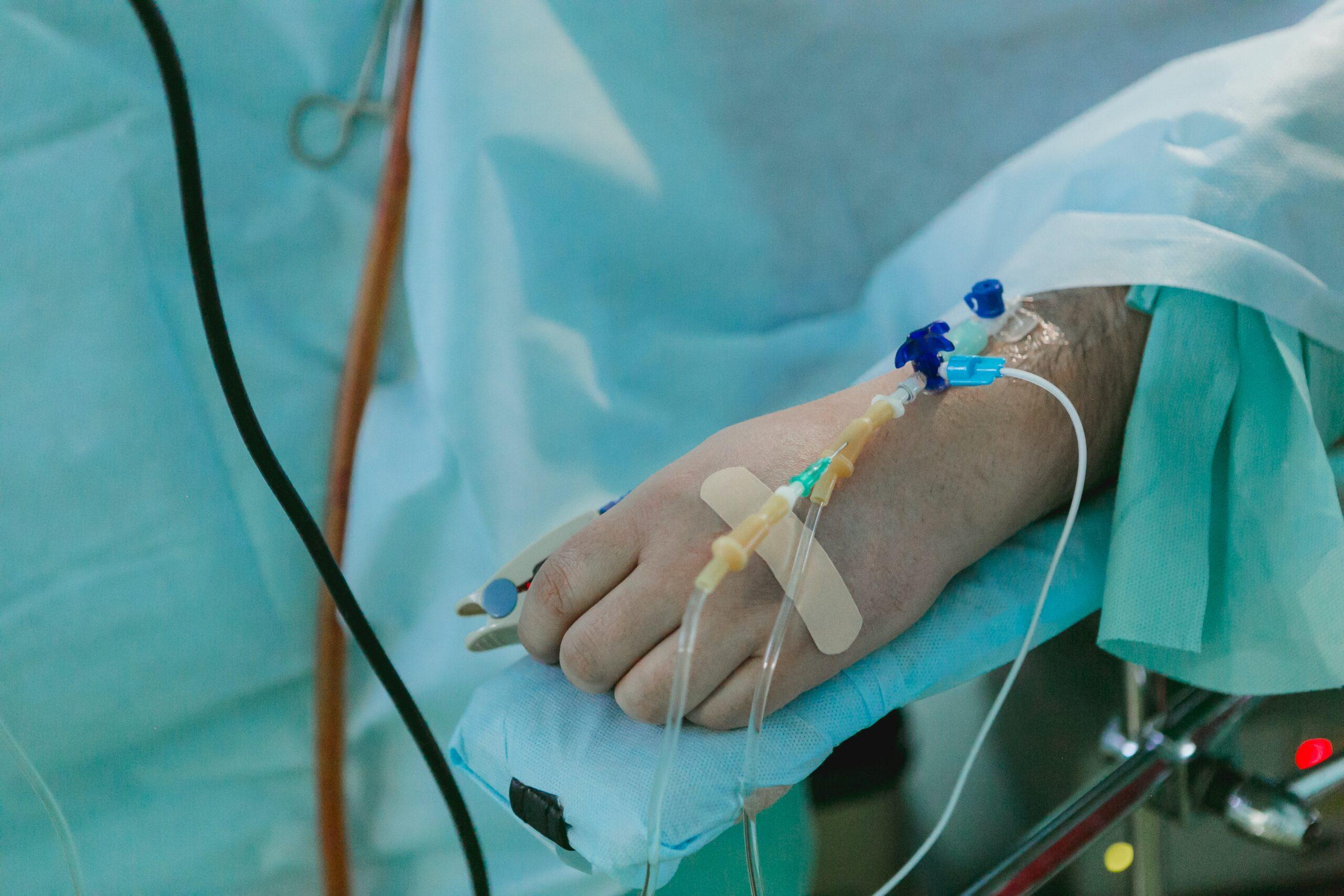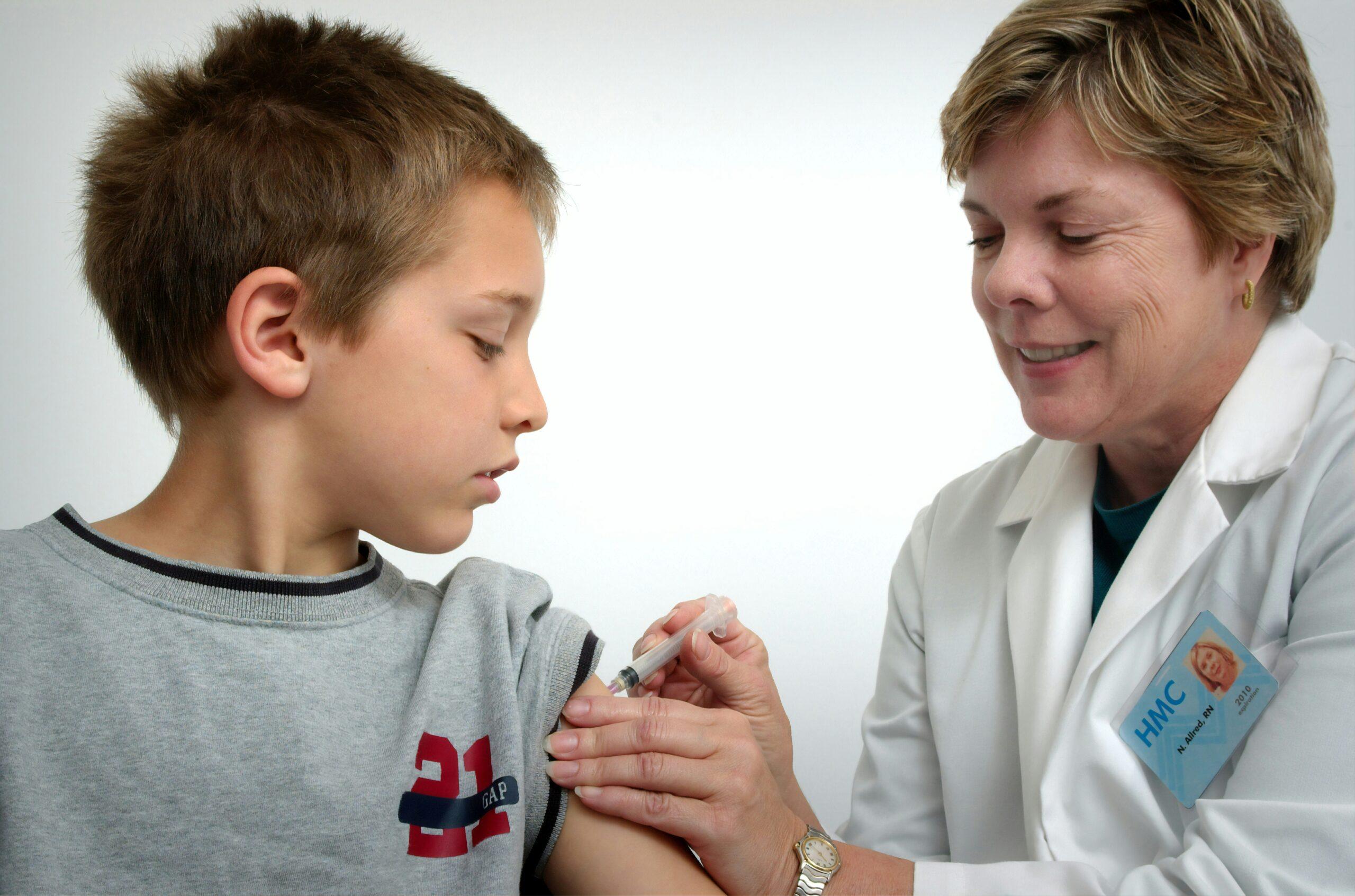The rate of premature births is on the rise. Between 1981 and 2001, the annual rate of premature births soared from 9.4 percent to 11.9 percent, an increase of more than 27 percent. Prematurity now affects one out of every eight babies. With each premature birth there are a host of health complications that the child and parents may face including cognitive, behavioral and physical problems. One of the most significant health risks for a premature baby is contracting serious RSV, or Respiratory Syncytial Virus.
What is RSV?
RSV is the most common cause of lower respiratory infection and viral death in children under 5 years of age, and children under the age of 1 are especially vulnerable. RSV is the number one reason for hospitalization of children under the age of 1. Virtually all children are exposed to the virus during the first two years of life and re-infection throughout life is very common. Infants born at less than 36 weeks gestational age are at a significantly elevated risk for severe RSV disease. According to the Centers For Disease Control and Prevention (CDC), each year, up to 125,000 children are hospitalized with serious RSV disease and some of these children may die from RSV complications.
In an average week in the United States, there are 9,159 babies born before the 37th week of gestation and 1,493 babies are born at less than 32 weeks of gestation. Because premature birth interrupts the final stages of normal lung development, each of these premature infants is at risk for contracting serious RSV disease. These vulnerable premature infants do not have a normal immune response or the lung capacity of full-term children to fight the lower respiratory tract infection, which is why RSV can turn very serious very quickly for them. RSV is one of the most serious and common pediatric diseases.
The risk of serious RSV infection and hospitalization increases with risk factors such as premature birth, chronic lung disease, congenital heart disease, low birthweight, passive smoke exposure, daycare attendance, multiple birth, family history of asthma and birth within six months of the onset of RSV season.
RSV season is fall through spring. It is important for families and caregivers to learn more about the virus and how to protect their at-risk children.
The symptoms of RSV are initially similar to a cold and can include fever, runny nose and other cold-like symptoms. An infected baby might get very sick very quickly. Symptoms may include coughing, wheezing, difficulty breathing, inability to eat and apnea or pauses in breathing. Since RSV complications can strike rapidly, parents of at-risk children need to act fast by calling their pediatrician or healthcare provider immediately if signs of RSV complications appear.
Reducing Risk
Its the little things that can help make a difference. To help reduce a babys exposure to the virus, there are some simple steps that parents and caregivers can take:
- Require people who come in contact with the baby to wash their hands before touching the baby.
- Avoid visits to crowded places.
- Limit exposure to people with colds or fevers dont be afraid to tell friends and family that they cant visit if theyre sick.
- Avoid second hand smoke.
- Talk to your pediatrician about how you can help protect your baby from RSV.
For further information, contact your childs pediatrician about RSV risks and prevention or call (877)848-8512, visit the PreemieCare Web site at MOSTonline.org, or visit the RSV Web site at rsvprotection.com.




